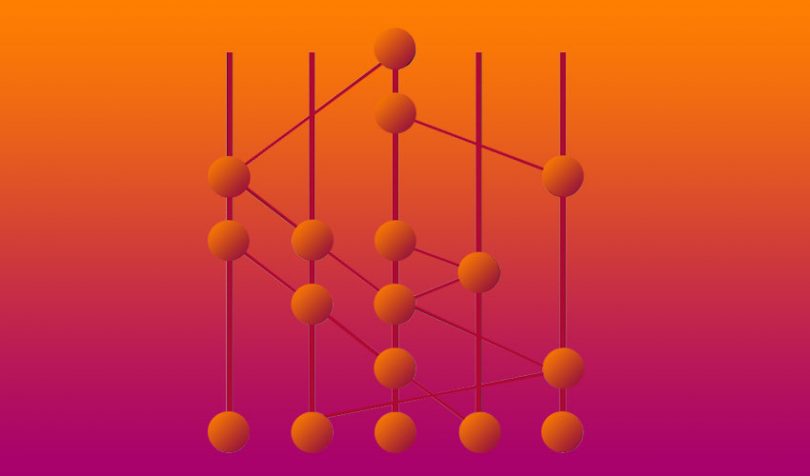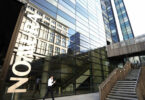Hedera Hashgraph the public distributed ledger, modeled its governance on the founding days of VISA, a sign of its ambitions. Today it announced the first five corporate members to its governing council: Deutsche Telekom, DLA Piper, retailer Magazine Luiza, Nomura, and Swisscom Blockchain AG. This follows its announcement in August last year that it raised $100 million from institutions and high net worth individuals and eventually a total of $124 million. The platform opened for testing in December.
Hedera is not a blockchain; it’s a hashgraph. The company claims it can process hundreds of thousands of transactions per second on a single shard which is a group of servers. Concerning consensus, it uses asynchronous Byzantine Fault Tolerance, and hence they assert the platform is less vulnerable to denial of service attacks. Hedera aims to tackle many of the issues it sees with other public blockchains in the areas of performance, security, stability and governance.
But it’s been some time for the first external governing council members to be announced. When Ledger Insights spoke to Mance Harmon last April, there were advanced discussions with ten members out of a total up to 39 potential seats. The aim is to represent 18 different sectors. Now that the first five members have been announced, doubtless it will be easier to attract future participants.
The first council member was Swirlds, which owns the technology that underpins the network. It’s one of very few public ledgers which doesn’t use open source foundational technology. And it leverages Ethereums’s open source smart contract language Solidity.
“A general-purpose public ledger should be governed by representatives from a broad range of market sectors and geographies, each with world-class expertise in their respective industries,” said Mance Harmon, CEO of Hedera.
“With this inaugural group, we are demonstrating the caliber of organizations it takes to deliver long-lasting, stable governance for the industry’s first enterprise-ready public ledger suitable for mission-critical applications.”
“Hedera’s governing members will provide the technical expertise to manage the technical roadmap, business expertise to manage business operations, expertise in economics and currency markets to manage the cryptocurrency, and legal expertise to help navigate the evolving regulatory environment.”
Hedera’s attempts to innovate with governance should be lauded. However, like many experiments, there are bound to be challenges. For starters, Hedera says 300 organizations are developing on its platform right now. Most of these are startups or companies you’ve never heard of. Where is their representation in the governance?
Another issue is that having just one or two companies as representatives for an industry could create distrust from other companies in that sector. The flipside is that a council of potentially 39 members is massive and possibly unwieldy.
What does it govern?
The governing council oversees technical and economic areas. For example, it makes feature decisions and oversees the product roadmap. It supervises the fee models, node incentives and manages treasury.
A third of the council will leave every year, and any company can only be on the council for a maximum six-year term.
John Calian, Senior Vice President, Head of T-Labs & The Blockchain Group, Deutsche Telekom commented: “Hedera has uniquely thought through the security, governance and scalability concerns that have hampered early iterations of blockchain technology, and have created a public distributed ledger and governing council that will ensure long-term stability, distributed governance, and security.”
Kamal Youssefi Industry Lead Enterprise Blockchain, Swisscom Blockchain AG said: “With their practical model for highly distributed governance and consensus, Hedera is visionary in the industry. They are designing one of the most fair, secure, and distributed ledger options, and we are proud to be an initial governing member of the Hedera Hashgraph Council.”






